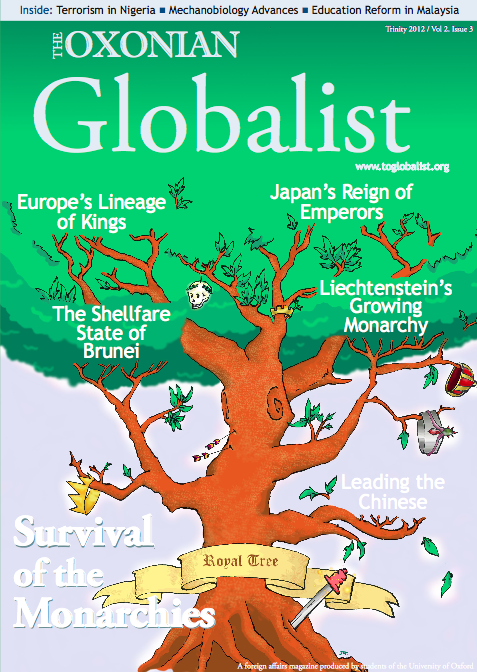
Taking a mini-bus can be quick and cheap, but is also extremely dangerous. Photo by coda via Flickr.
“The fact that Blacks look like human beings and act like human beings does not necessarily make them sensible human beings. If God wanted us to be equal to the Blacks, he would have created us all of uniform colour and intellect,” are the chilling words of former South African president P.W. Botha, made during a speech to his cabinet in 1985.
Racial segregation, legally enshrined by the National Party in 1948, clearly remained a prominent part of government policy throughout the 1980s, despite growing resistance and public protest from international groups and South Africans alike. However, on 17 June 1991 the last vestiges of apartheid appeared to be breaking; South Africa’s Parliament voted to repeal the legal framework for apartheid. Three years later, Nelson Mandela was elected President of South Africa. According to the statute books, apartheid became “history”, and so the world quickly assumed equality in legislation would heal the years of discrimination.
However, it is clear that racial division is still an inherent part of South African society. The average income of a white household is roughly seven times greater than that of an African household, and nearly three times greater than that of a coloured household. One only has to compare the predominantly white population living in the high security, luxury homes scattered along the bay of Clifton beach with the 90.5% black African population living in the township Khayelitsha to see how colour continues to determine where an individual lives, along with their wealth and their status. Yet rather more surprising is the blatant segregation evident in one of the most fundamental aspects of every day life – transport.
Cape Town Today
In Cape Town, an individual’s position in society is defined by the mode of transport they choose to take. Those with money pay more for a safer and more comfortable journey whilst those without settle for less. If you’re white, you travel by car. At a push you may take first class travel on the Western Cape Metrorail, though the infrequent services during the day and late in the evening tend to dissuade the majority. If you’re coloured or black you do not have the luxury of choice. Thus there are two options: the overcrowded mini-bus or overcrowded second class section of the aforementioned Metrorail.
Despite being the most dangerous form of transport in Cape Town, mini-bus travel is cheap and accessible, which is essential considering that the majority of the black and coloured population live on the outskirts of the city’s economic heartland. The mini-bus drivers pride themselves on providing a quick and efficient service, regardless of safety – or indeed any consideration of the law. Common practice includes swerving into lanes without signalling, parking in the middle of a street to pick up as many passengers as possible, and using vehicles which are barely roadworthy. Hardly surprising then that mini-bus tragedies and the predominantly black and coloured population who rely on them form the greater part of the 100 road fatalities recorded for September 2012.
Driving Change
In 2009, the government appeared to recognise the complexity of the problem, implementing the National Land Transport Bill. This proposed greater integration of transport in South Africa as part of a wider plan to improve public transport across the continent, stating that cities should take control of public transport services to ensure that vehicles run according to timetables and people feel safe when they travel. However, it is only recently that Western Cape Transport has made a decisive attempt to deal with the segregation at the heart of its transport system. At the launch of Cape Town’s Transport Authority on 19 October, the Minister of Transport, Robin Carlisle, proposed a new plan to combat segregation through the creation of a single, centralised authority for all land-based transport in the city.
Commuters will be able to use different modes of transport across the same network, buying just one ticket to travel by train, taxi and bus regardless of operators. Walking, cycling and skating routes will also be established. There will be one timetable, one management system, and one standard. In his address, Carlisle stated: “Nothing can bridge the Apartheid barriers of this city faster and better than integrated public transport.” Mayor for Transport Brett Heron said it was his intention to “connect communities such as Khayelitsha and Mitchell’s Plain to the economic opportunities in Wynberg, Claremont, Belville and the West Coast”.
Potential Problems
The idea is certainly commendable, yet to what extent it will change people’s lives remains debatable. An integrated transport system that promises the creation of bus stops within 500 metres of most homes in the city could mean that those who cannot afford to travel far at present may be able to in the future, in turn increasing their job prospects. For those living outside such areas the future looks less promising. Sanjay Hora, former legal attorney at the Projects Abroad Human Rights Office questioned the viability of the plan: “In Cape Town there’s no efficient mapping area or formalised transport routes. Townships are rarely sign-posted and often illegally established which is why people living there rely on mini-buses. They access areas which other forms of transport do not.”
If integration along a single network is to succeed new routes will have to be created. Only when the poorest members of society are able to travel will racial integration in public transport become a possibility. Similarly, only when the white population feel they can travel safely will they ever stop using cars and regularly opt for public transport instead.



